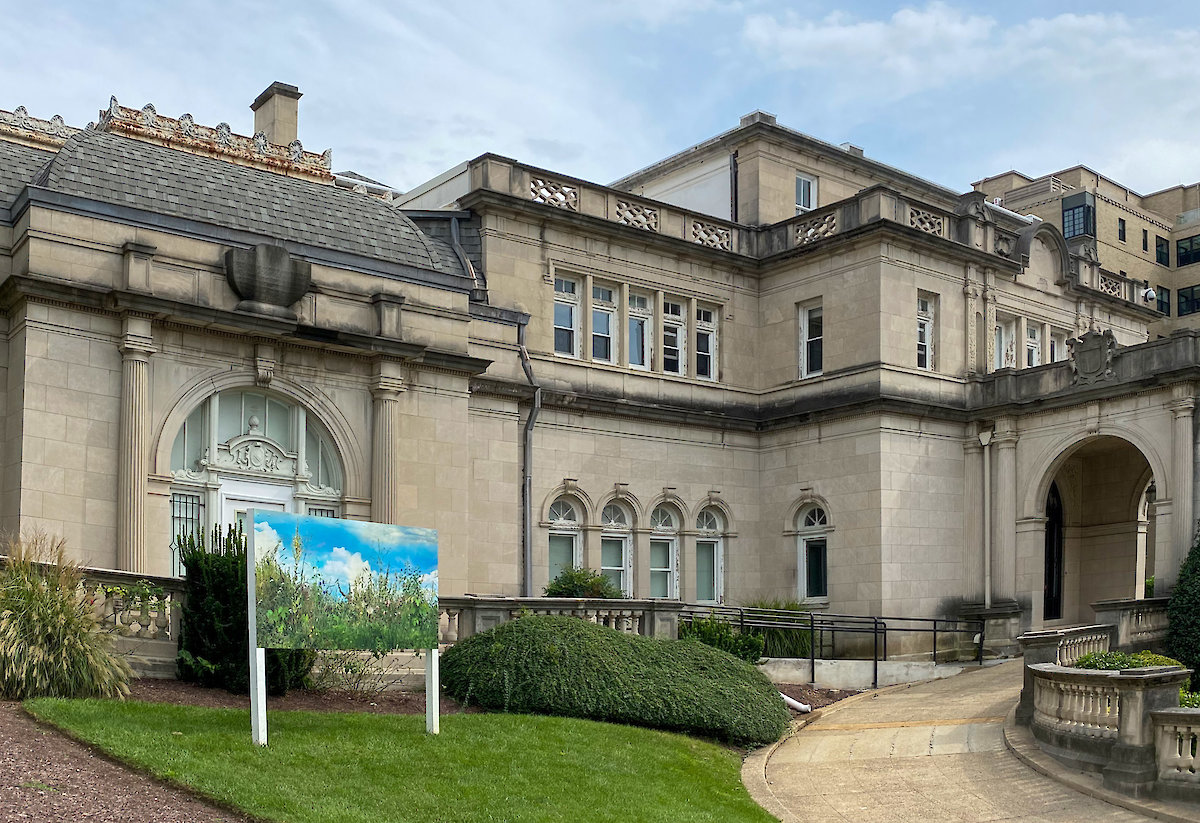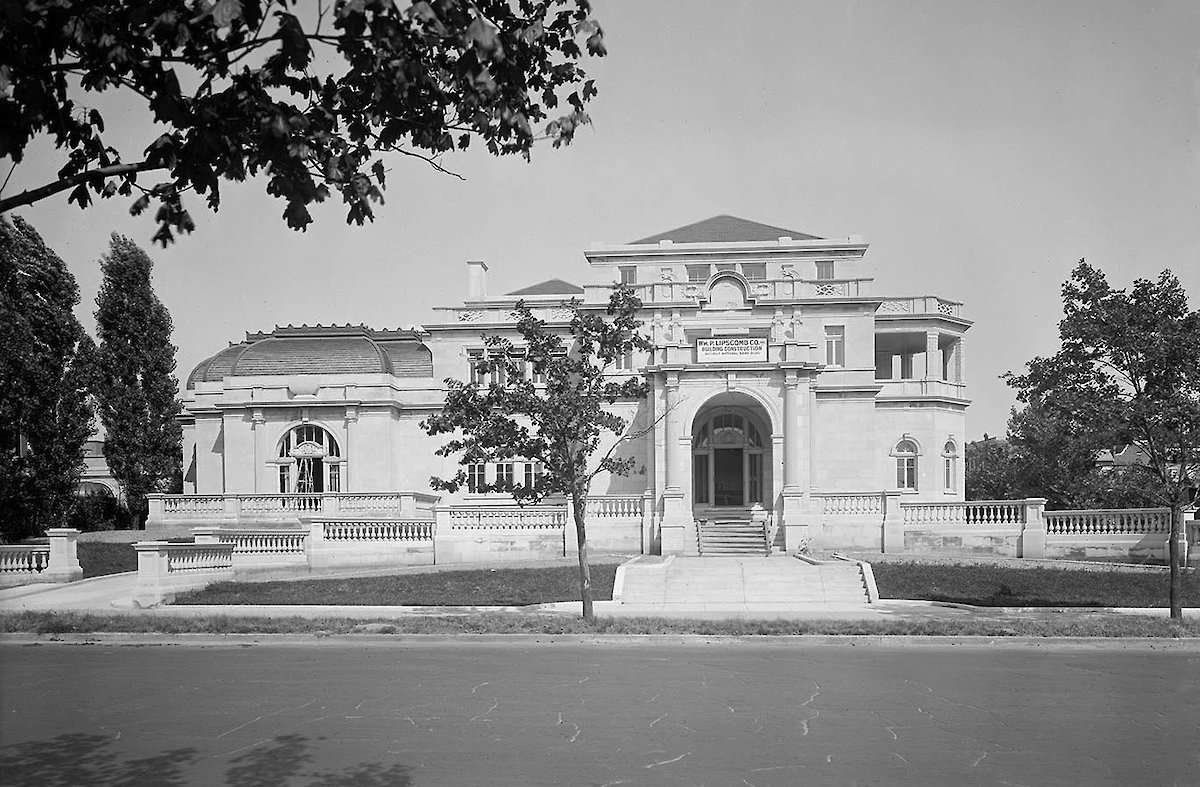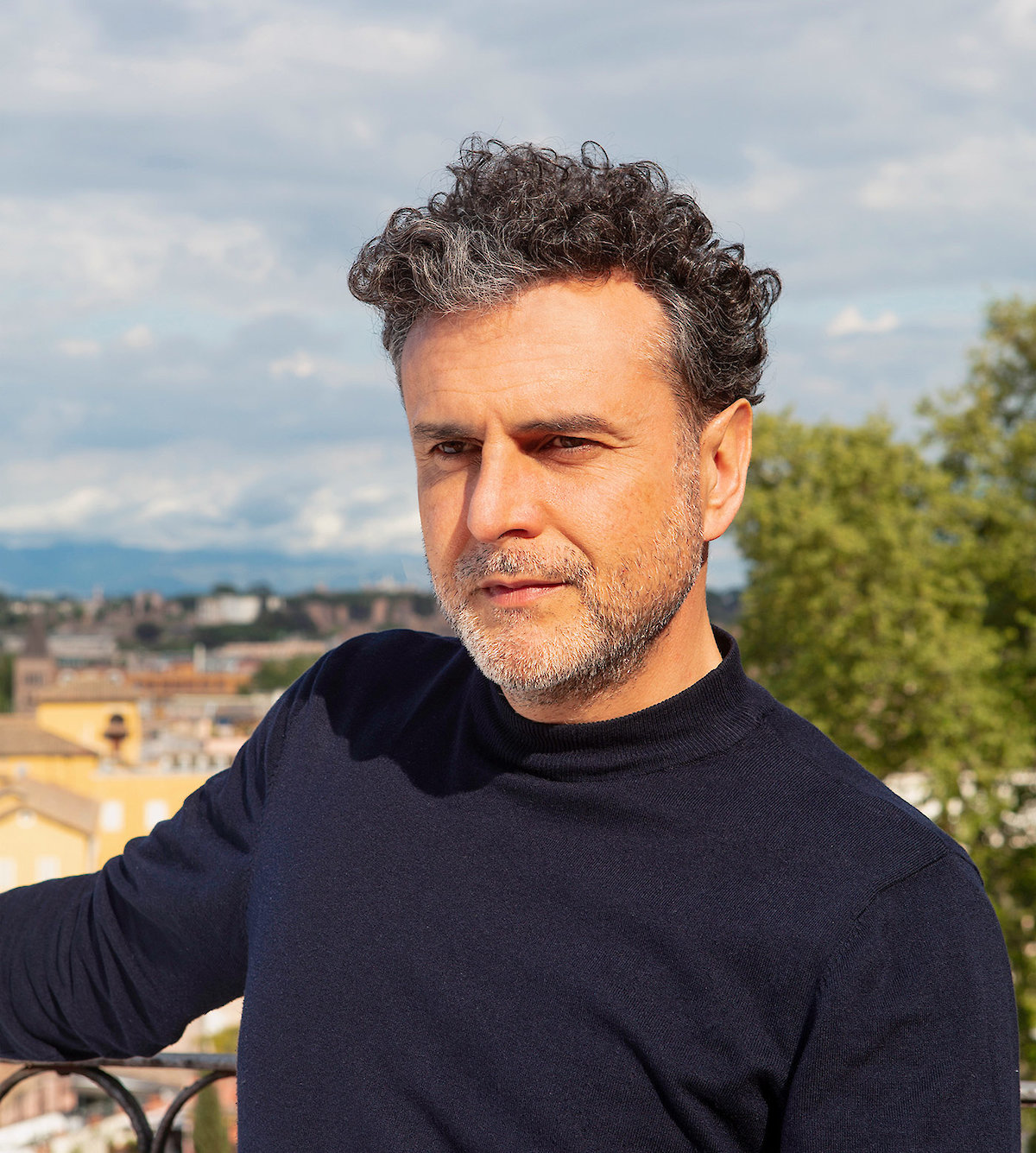José Ramón Ais
6 / 12

Front Lawn
While researching the history of the Cultural Office of the Spanish Embassy, I found a photograph of the building in its final stages of construction.
The fotograph depicts the construction company’s sign hanging on the facade and a grass lawn already planted, a garden fence had not yet been installed. This early twentieth-century building already exhibited one of the main elements in American urbanism that would end up spreading throughout the country, the front lawn.
The front lawn is a landscaping heritage that came from the English colonial origin of the USA. During the 20th century, this practice became an identity convention of the nation, a symbol of the communal normative. It resulted in a landscape uniformity of the urban space throughout the different American territories, regardless of the different climates. The northern parts of the country required a completely different type of grass than the desert areas, even though the final image of the lawn was the same. The popularization of golf and the success of the “American way of life” caused this green mantle to spread internationally. Today, we see public parks and green spaces extending throughout urban spaces, connected to private residential yards without any type of boundary fence.
As an image of public space that was built in common and a symbol of order, a poorly maintained lawn could always be suspect. Indeed, advertisements fused lawn maintenance with the qualities of good citizenship, sending the message that “taking care of your own lawn is a community service.” The emphasis on maintaining a perfect lawn led to the development of a large industry that included the commercialization of lawn mowers, irrigation systems, fertilizers, herbicides, pesticides and seed production.
In reality, maintaining these green carpets requires large amounts of water and the use of toxic chemicals to fight off weeds and protect lawns from a myriad of animals. Runoff causes many of these chemicals to seep into river networks and end up polluting rivers, lakes and seas. A constant battle exists between the traditional lawn and biodiversity. Questioning the sustainability of these lawns, writer Michael Pollan wrote a 1991 New York Times article that proposed transforming the White House lawn into a meadow, an orchard, a wetland or a fruit orchard to recall what the landscape might have been like in the past and turn the paradigm on its head.
The intervention Front Lawn for the Cultural Office of the Spanish Embassy in Washington, D.C., works as a billboard, presenting the image of a garden as the antithesis of the lawn on which it is installed. The “poison ivy” plant, native to the U.S., is accompanied by other “weeds” threatening to invade the grounds of the embassy. The scene creates a connection with the imagery of DC Comics, as the caracter of Poisson Ivy is no longer considered a botanical villain but an eco-activist.


